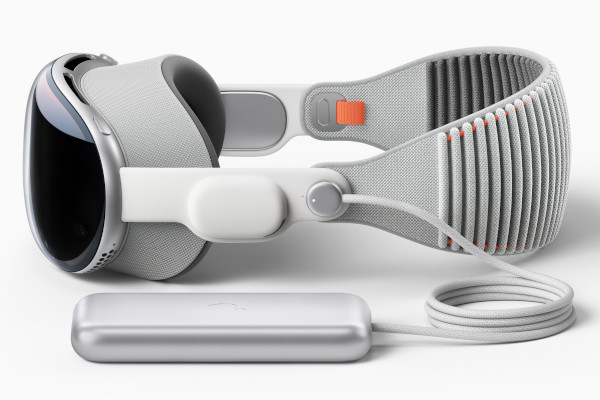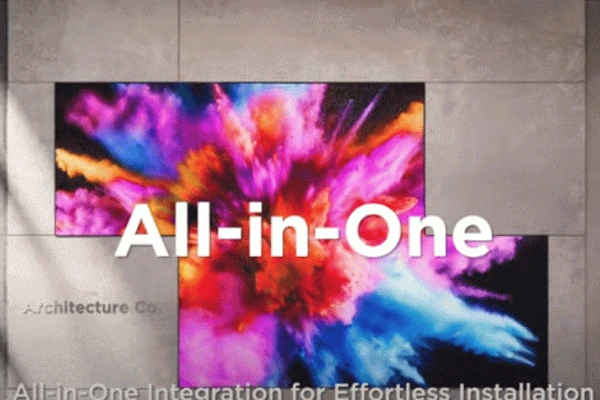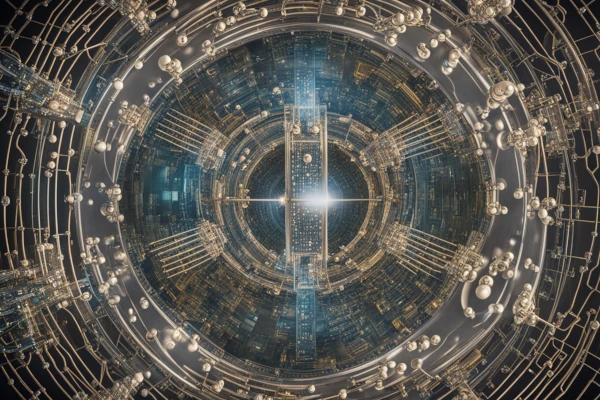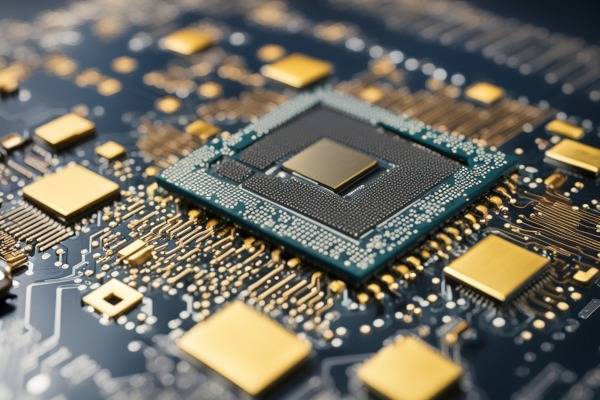Apple Vision Pro is considered the most ambitious product Apple has ever created. Apple Visio Pro, built on the foundation of macOS, iOS, and iPadOS, is Apple’s First Spatial Computer and is run by visionOS:
visionOS features a brand-new three-dimensional interface that makes digital content look and feel present in a user’s physical world. By responding dynamically to natural light and casting shadows, it helps the user understand scale and distance. To enable user navigation and interaction with spatial content, Apple Vision Pro introduces an entirely new input system controlled by a person’s eyes, hands, and voice. Users can browse through apps by simply looking at them, tapping their fingers to select, flicking their wrist to scroll, or using voice to dictate.
Apple Vision Pro’s dual display, integrated in the headset, actually is the size of two postage stamps. Although the size of the display output is adjustable:
Featuring a breakthrough ultra-high-resolution display system built on top of an Apple silicon chip, Vision Pro uses micro-OLED technology to pack 23 million pixels into two displays, each the size of a postage stamp, with wide color and high dynamic range.
visionOS incorporates an interface without the boundaries of a display and results in infinite screen real estate, access to their favorite apps, and all-new ways to multitask. Watch movies and TV shows, or three-dimensional movies with two ultra-high-resolution displays that produce a personal movie theater with a screen that feels 100 feet wide. The immersive experience is enhanced with an advanced Spatial Audio system creating the ultimate feeling of surround sound.
Another Apple first is the Vision Pro’s three-dimensional camera. Apple Vision Pro lets users realistically capture, relive, and immerse themselves in favorite memories along with Spatial Audio.
The high-performance eye tracking system in Apple Vision Pro is achieved using high-speed cameras and a ring of LEDs that project invisible light patterns onto the user’s eyes to accurately detect input:
These groundbreaking innovations are powered by Apple silicon in a unique dual-chip design. M2 delivers unparalleled standalone performance, while the brand-new R1 chip processes input from 12 cameras, five sensors, and six microphones to ensure that content feels like it is appearing right in front of the user’s eyes, in real time.
With Apple Vision Pro EyeSight users can still communicate with people them in an indirect way:
When a person approaches someone wearing Vision Pro, the device feels transparent — letting the user see them while also displaying the user’s eyes.
[youtube v=”TX9qSaGXFyg”]
When used in conjunction with Apple Vision Pro, even FaceTime becomes more interactive:
With Apple Vision Pro, FaceTime calls take advantage of the room around the user, with everyone on the call reflected in life-size tiles, as well as Spatial Audio, so it sounds as if participants are speaking right from where they are positioned.
An entirely new App Store is being developed with apps and content from developers. Also available will be thousands of familiar iPhone and iPad apps that automatically work with the new input system for Vision Pro.
Apple Vision Pro starts at $3,499 (U.S.) will be available early next year on apple.com and at Apple Store locations in the U.S., with more countries coming later next year.




